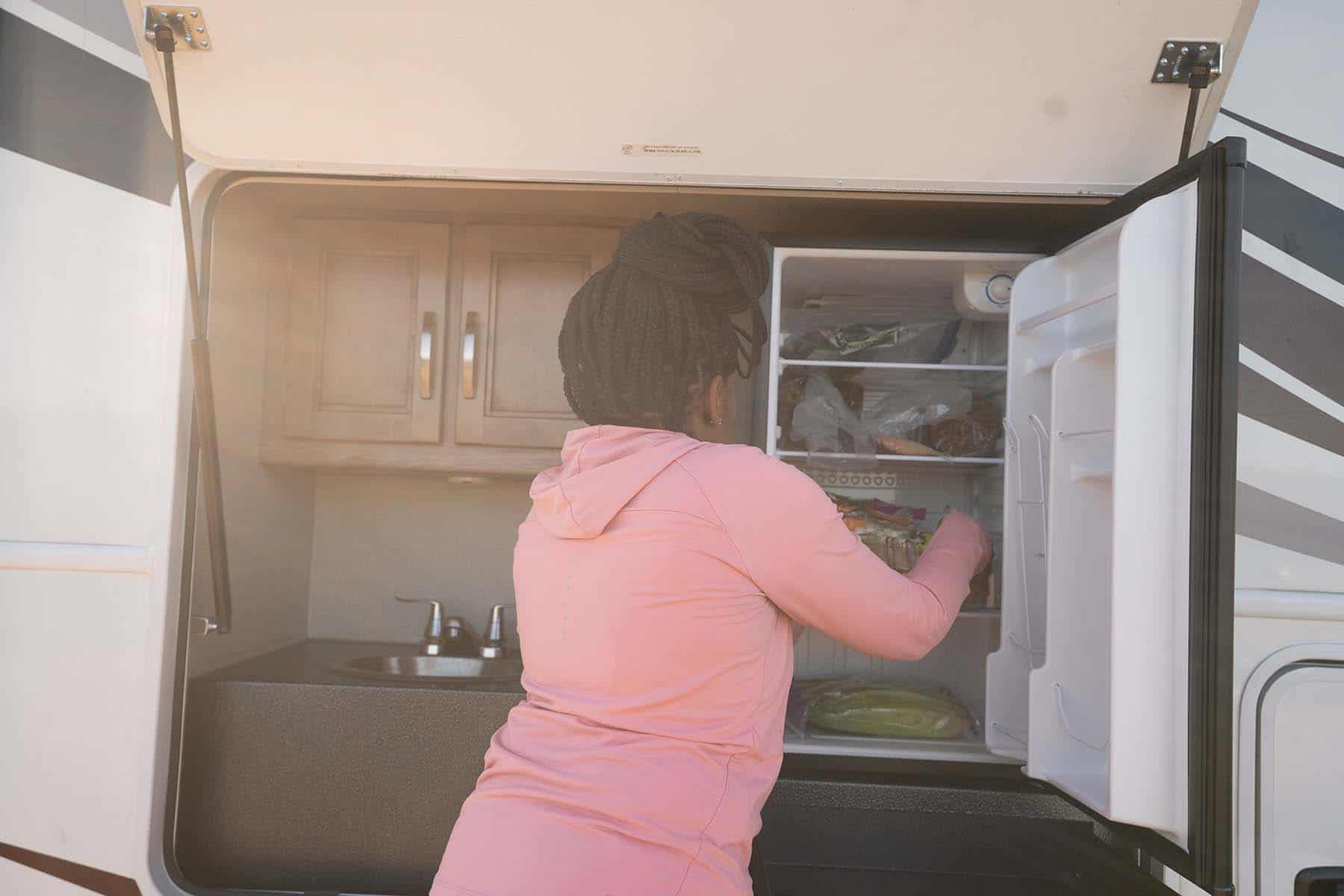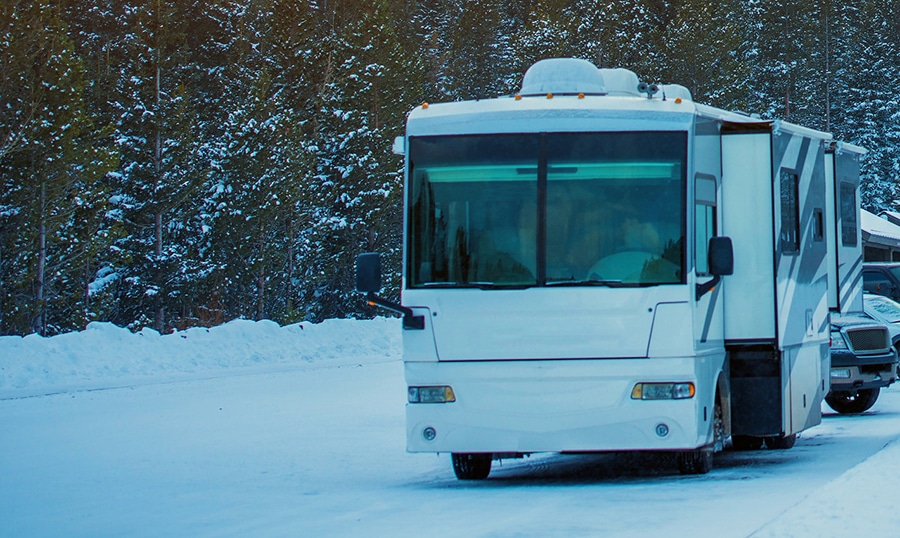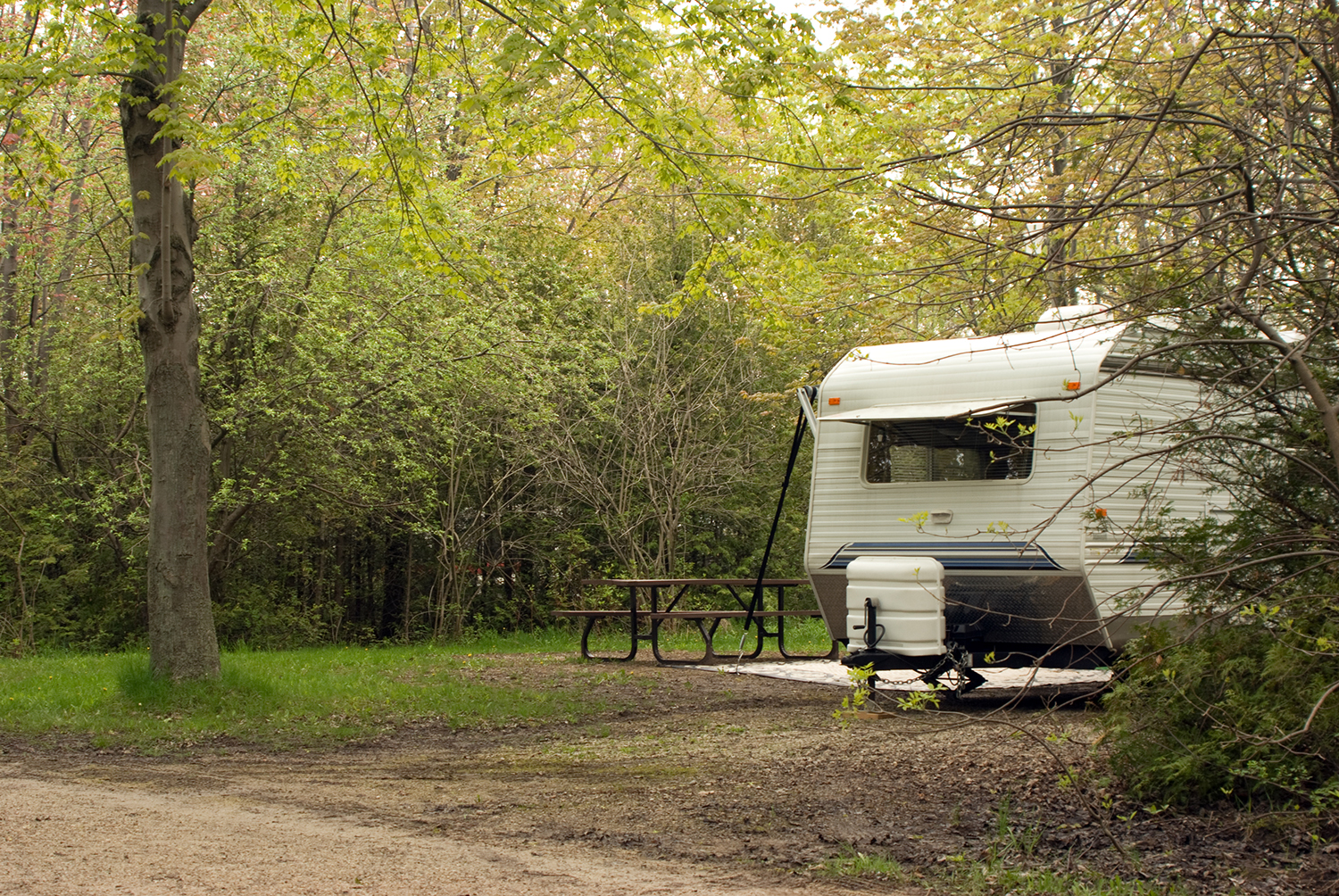WEnRV travel news, products, and industry trends
Tackling RV Fridge, Heat and Electrical Troubles in October’s Mark My Words
Hi all! This month, we’ve got questions on various RV appliances. Remember to send your RVing questions to This email address is being protected from spambots. You need JavaScript enabled to view it..
Hi Mark,
We’ve noticed an increase of icing on our fridge-cooling fins. It is the original Norcold fridge in our 1996 Itasca Sunrise. Food remains cold at a midrange setting and the freezer seems to keep things frozen sufficiently, so there is nothing to complain about other than a concern about the icing. We do clean out the fridge and freezer routinely. The icing is occurring while we’re hooked up to shore power and doesn’t seem to be any different whether it is set for normal operation or high humidity. We only run on gas infrequently. Wondering if there is something we should be doing differently.
Thanks,
Phil
Hi Phil,
Usually, when an RV refrigerator starts forming more frost but still cools normally, I’d look at the door gasket. It doesn’t take much of a leak to let humid, warm air into the fridge and that will definitely increase frost production.

Photo: CWH
Visually inspect the door seal for any tears or obvious problems. Clean both surfaces. Now, close the door with a dollar bill inserted between the door seal and the body of the refrigerator. You should be able to pull it out with some resistance, but in areas where the seal is not making, it will be very easy to pull out or entirely loose. Usually, there’s no way to fix a door seal, you just have to replace it. It’s not a very hard job to do.
Some other possibilities: have you changed your diet recently and are loading new foods that tend to carry more moisture with them? Have you recently moved the RV to an area with more humidity?
I deal with frost build-up in my small Norcold fridge by adding a small 12-volt DC electric fan to blow on the right-hand side of the coils. That’s the part that gets the coldest, and the circulating air really reduces frost buildup while maintaining very low interior temperatures. The fan can be fed from the 12-volt DC power source behind the fridge. If you use a small muffin fan, it can run continuously because these small fans only draw about 150 mA (Milliampere) of current.
Dear Mark,
I have a Wilderness 27-foot travel trailer. My problem is the heat. I don’t know when it’s going to run and when it may decide not to. We took a trip to Pigeon Forge, Tennessee, last year for Thanksgiving. We turned on the heat and heard the lighter was trying to ignite, tick tick ticking, but if it didn’t want to ignite. We were just getting cold air. So we played with the thermostat and turned it on and off, and you’d never know if it was going to be heat or just fan going. I can tell it’s trying to ignite cause I hear tick tick, but if it doesn’t want to, it’s just not dependable, and we like to camp in the winter on occasion. Any suggestions? Someone said to clean the igniter, but I don’t even know where that is. Someone mentioned it may be propane is low. I just don’t know, but I want it dependable.
Sharon in Charleston, SC

Getty Images
Hi Sharon,
It’s no fun to have a furnace that you can’t trust! Several things can cause the problem you are seeing. It can be a problem with the propane supply to the furnace or low battery voltage at the furnace, but I suspect yours is an igniter problem or a circuit board problem. There are two metal probes inside the combustion chamber of the furnace that a spark jumps across to light the gas burner. That’s the “tick tick” sound you hear. Those probes may be dirty, misaligned, or there may be a problem with the high voltage connection to the furnace igniter board. If you have the manual for the furnace and are handy with tools, the igniter probes are relatively easy to remove and clean. The manual should show you where they are located inside the furnace. If cleaning the probes does not help, the problem may be in either the furnace control board or possibly the gas valve.
Unfortunately, furnaces really should be repaired only by folks who understand the safety aspects of working with gas appliances. If you are not sure what you are doing for your own safety, have a qualified technician diagnose and repair your furnace.
Mark:
You may have addressed this question before, but a friend told us that it’s not good to park our rig and leave everything off, especially the refrigerator. He said it’s not good to allow the coolant to settle to the bottom of the unit rather than circulate constantly. Our unit works off propane or electric, and we have been keeping the camper plugged into the house just to keep the refrigerator running. Fact or fiction?
Sonny and MayLynn
Hi Sonny and MayLynn,
I’d have to cast my vote for “fiction.” Leaving the refrigerator off when you are not using the RV will not adversely affect its lifespan. Running it continuously won’t really hurt it either, as long as it is level, but the electric heating element that operates the fridge when it’s on AC may eventually burn out; plus, it takes several hundred watts to operate. Save your money: RV refrigerators are designed to be turned on and off without causing any problems. Just leave it off, and prop the doors open so that it doesn’t smell musty inside. You may have to remove the inside 12-volt light bulb if it is still on when the refrigerator is turned off and the door is open.
Mark:
How do I clean out the water heater tank on my 1987 Bounder?
Thanks,
Linda
Hi Linda,
First, make sure it is cold, or at least cool. Turn off the water heater, making sure that both the gas burner and the electric element (if so equipped) are off. Then, turn off the water pump, or disconnect the hose from the city water inlet. Open a hot water faucet to release any pressure, leave it open and go outside. Open the water heater access panel, and using a suitable tool, remove the water heater drain plug. Once the heater has drained, flush the inside of the tank through the drain plug by using a water heater flushing tool available at any RV parts store. The flushing tool is a long, thin nozzle that attaches to your garden hose and fits into the water heater drain opening. One popular brand is called a tank saver.
Once it’s all flushed out, replace the drain plug and turn the water back on. Let the water heater fill until water runs from all open hot water faucets before turning the heat back on. It’s best to do this at least once a year.

Getty Images
Hi Mark,
We are staying at an RV park in Tillamook, Oregon. We have a 30-amp connection.
The first morning after we arrived, it was about 45 degrees. I turned on our electric fireplace and started my microwave to heat my tea water. I usually set it at 2min 30 secs. When the water was done, it was barely warm. Then I noticed that the heater wasn’t as warm as usual. I thought that the microwave was on the fritz. I checked the power at the pole. I noticed that the three lights on the surge protector were not all green. The first light was red but the others were green. The list of faults said it was the L1 and L2 and neutral were reversed. I told the park of the problem, and they sent an electrician to remedy the problem. It was fine for a day. Next morning same issue. But it was repaired. I think it may be a supply issue at the park. There are about 65 other trailers here. Just looking for your thoughts on this issue.
Jeff
Hi Jeff,
Is your rig 50 amps and were you using a 30- to 50-amp adapter at the time? If so, those can cause some surge protectors to report a wiring problem, and it’s not usually a problem to operate that way.
Also, if you are used to having a 50-amp hookup, running on 30 amps requires load managing. In the example you provided, running an electric heater (fireplace) and the microwave at the same time along with the fridge and battery charging could push you over 30 amps. Low voltage is also a possibility: if the park’s system is overloaded and the voltage drops, it could make things like the microwave heat slower.
If the problem recurs at the next place you stay, then it’s something that needs to be looked into. I suspect, like you, that it’s a power issue at the park, and as such, shouldn’t follow you down the road. 😊
The post Tackling RV Fridge, Heat and Electrical Troubles in October’s Mark My Words appeared first on Good Sam Camping Blog.
Copyright
© Good Sam Camping Blog


